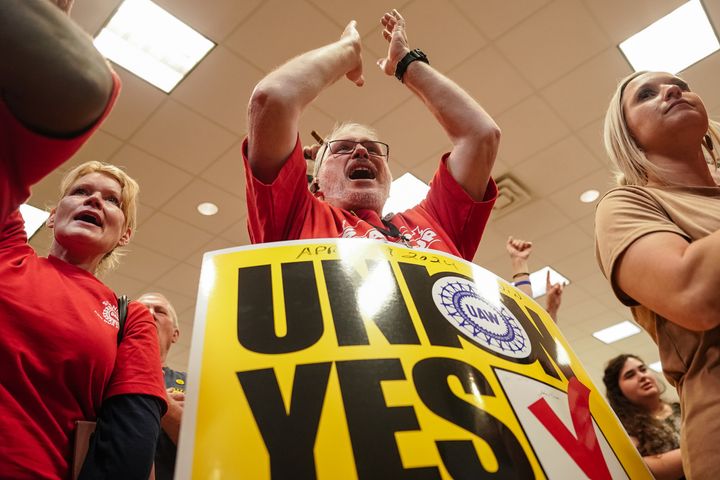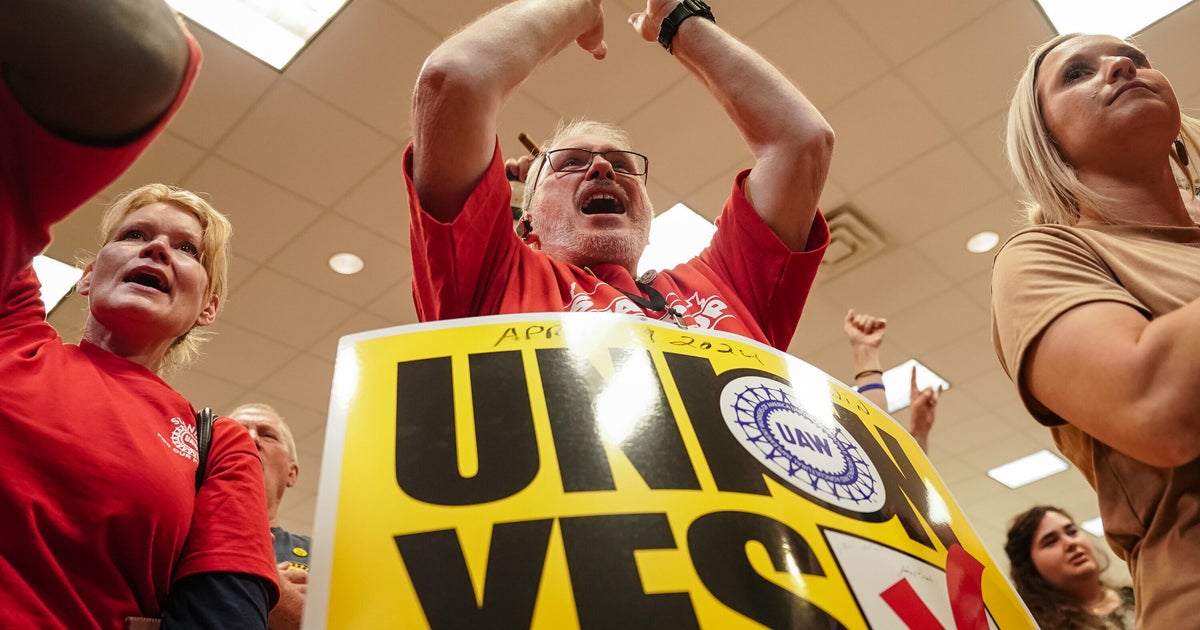Federal officials continue to see an upsurge in union organizing among U.S. workers in the private sector, an optimistic sign for organized labor amid years of declining membership.
The number of union election petitions recently hit its highest level since 2015, according to a spokesperson for the National Labor Relations Board, the federal agency that oversees unionization efforts.
With more than 2,600 petitions filed so far this fiscal year, the number has already surpassed the total from the previous year, with 10 weeks to go. The board has received 32% more petitions than at the same point in fiscal year 2023.
Workers file petitions with the labor board when they want to hold a vote on whether to unionize, typically after a strong majority of workers have signed union cards. Employers can also request an election be held after workers have demanded a union be recognized.
The labor board said unions have won 79% of the elections so far this fiscal year when workers have filed the petitions. Unions have prevailed in 70% of the cases where employers filed the petitions.
Organizing efforts have been buoyed by a tight labor market and sustained low unemployment, which has given more leverage to workers as they make demands. The number of election petitions has been increasing since the 2021 fiscal year, when they hit a low of just 1,638, according to NLRB data.

Elijah Nouvelage via Getty Images
Unions are also riding some of their highest approval ratings in decades, with more than two-thirds of respondents supporting them in a Gallup survey last year. A growing share of Americans also say they believe unions should have greater influence in the U.S. economy.
However, the boost in union elections and favorability hasn’t translated into greater union density, at least not yet.
Even though the raw number of union members increased by an estimated 139,000 last year, the share of union members in the overall economy continues to hover near a historic low, according to the Bureau of Labor Statistics.
Only 10% of workers belonged to a union last year, compared to 20% in 1983, the first year BLS compiled comparable data. The numbers are even worse in the private sector, where a mere 6% of workers are now union members.
Even so, unions have managed to make some major organizing breakthroughs lately. The United Auto Workers won a historic election at the Volkswagen assembly plant in Tennessee in April, while the union Workers United has organized nearly 500 Starbucks stores since late 2021.
A growing share of workers have also been hitting the picket lines to demand better deals from their employers. The number of striking workers more than doubled last year, rising from 224,000 to 539,000, according to an analysis from Cornell University and the University of Illinois Urbana-Champaign.







